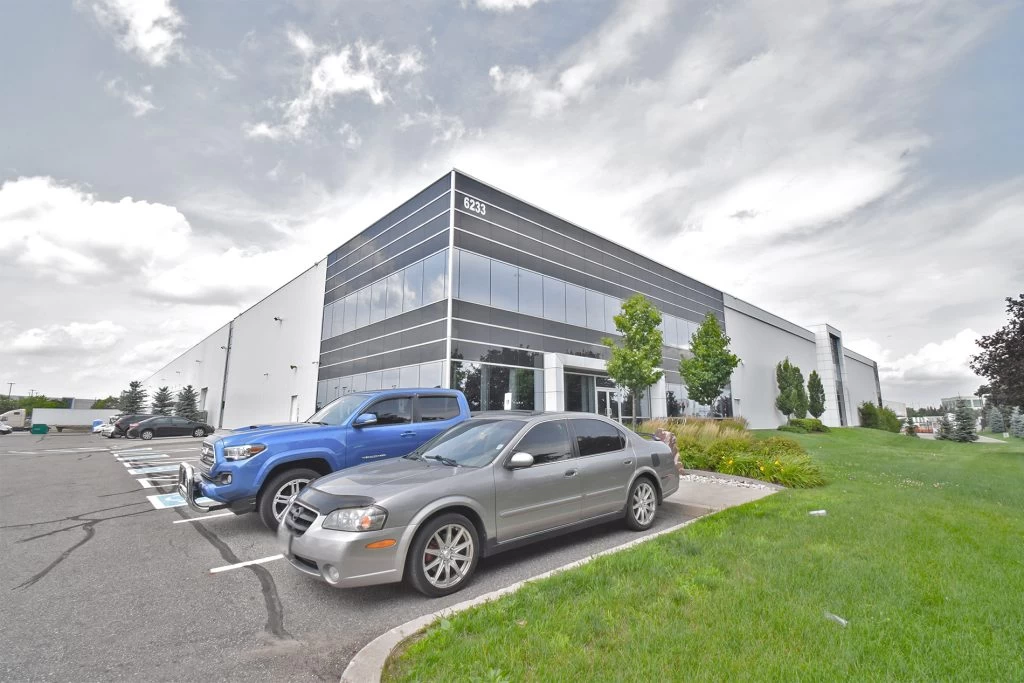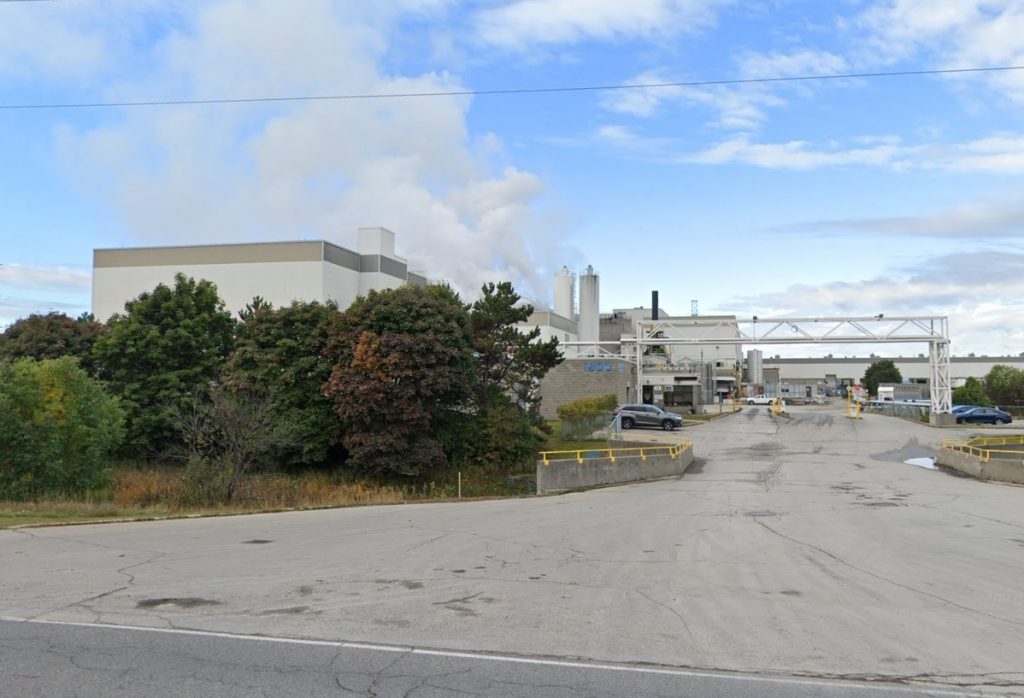The average warehouse uses a lot of energy for heating, cooling, and lighting. In fact, warehouses are some of the most energy-intensive buildings around due to most having extensive machinery/equipment especially manufacturing facilities. But there are many ways to make your warehouse more energy-efficient. By investing in energy-efficient technology and making use of natural light, you can significantly reduce your energy consumption – and your carbon footprint.
Here’s a step-by-step guide to creating an energy-efficient warehouse.
Benefits of Creating an Energy-Efficient Warehouse.
Operating a warehouse can be a costly endeavor, with energy bills often making up a sizeable portion of the budget. By making your warehouse more energy-efficient, you can see significant savings on your monthly costs. In fact, according to the U.S. Department of Energy, businesses that invest in energy efficiency can save an average of 30 percent on their energy bills each month.
Improved Productivity.
In addition to saving money, making your warehouse more energy-efficient can also lead to improved productivity. For example, by investing in LED lighting, you can improve visibility for workers, which can help them work more efficiently and safely. Additionally, comfortable working conditions can lead to higher morale and motivation among employees.
Environmental Impact.
Reducing the amount of energy your warehouse consumes can also have a positive impact on the environment by reducing greenhouse gas emissions. In fact, according to the U.S Environmental Protection Agency (EPA), businesses that invest in energy efficiency can reduce their carbon footprint by up to 30 percent annually.
Read more: What is Industrial Construction?


Step #1: Invest in Energy-Efficient Technology.
LED lighting is one of the most energy-efficient types of lighting available today. LEDs use less electricity than traditional lightbulbs, and they last much longer, which means they can help you save money on your energy bill in the long run.
Building Automation Systems.
Building automation systems are designed to help manage and control a building’s energy use. By optimizing heating, cooling, and ventilation systems, a building automation system can help reduce a building’s overall energy consumption.
HVAC Systems.
HVAC (heating, ventilation, and air conditioning) systems account for a large portion of a building’s energy use. Investing in an energy-efficient HVAC system can help reduce your warehouse’s energy consumption and operating costs.
Step #2: Make Use of Natural Light.
Skylights are a great way to let natural light into your warehouse, which can help reduce energy costs. You can purchase skylights that are specifically designed for warehouses, or you can install regular skylights and then cover them with reflective material to maximize their light-gathering ability.
Solar Panels.
Solar panels are another great way to utilize renewable energy and reduce your warehouse’s carbon footprint. You can install solar panels on the roof of your warehouse, or you can purchase portable solar panels that can be placed in strategic locations around the exterior of the building.
Window Treatments.
Window treatments such as blinds or shades can help regulate the amount of natural light that enters your warehouse, which can keep it cooler in the summer and warmer in the winter. This helps reduce energy costs associated with heating and cooling the space.
Read more: How Much Does it Cost to Build an Industrial Building in Canada?
Step #3: Insulate and Seal Doors and Windows.
One of the most cost-effective ways to reduce energy loss in your warehouse is to weatherstrip doors and windows. This simple measure can seal gaps and cracks that allow air leakage, which can account for 10-30% of a building’s heating and cooling costs.
Weatherstripping is available in a variety of materials, including foam, felt, vinyl, and metal. To choose the right type of weatherstripping for your needs, you’ll need to consider the following factors:
• The type of door or window you’re weatherstripping.
• The climate in which your warehouse is located.
• The amount of traffic through the door or window.
• Your budget.
Foam weatherstripping is a good choice for doors that don’t see a lot of traffic, as it can compress over time and lose its effectiveness. Felt weatherstripping is more durable and ideal for high-traffic areas. Vinyl weatherstripping is resistant to UV rays and won’t deteriorate in sunlight, making it a good choice for exterior doors. Metal weatherstripping should be used sparingly, as it can damage door finishes over time.
Double-Glazed Windows.
Another way to reduce energy loss through your warehouse windows is to install double-glazed windows. Double-glazed windows have two panes of glass separated by an insulating layer of air or gas, which helps to trapping heat inside your building in winter and keeping it cool in summer.
There are three main types of double-glazing:
- Air gap – The most common type of double glazing, air gap windows have two panes of glass separated by an insulating layer of air;
- Gas filled – Gas filled windows have two panes of glass separated by an insulating layer of inert gas;
- Low-e – Low emissivity (low-e) windows have a thin coating that reflects heat back into the room while allowing light to pass through; this makes them very effective at reducing energy loss.
Double-glazed windows are more expensive than single-paned windows, but they can save you money in the long run by reducing your energy bills.
Insulated Commercial Doors
Commercial doors are another way to reduce energy loss and improve the efficiency of your warehouse. Insulated commercial doors have a layer of insulation sandwiched between two layers of steel, which helps to keep heat in during winter and out during summer.
There are three main types of insulated metal doors:
- Foam filled – Foam filled doors have a layer of foam insulation sandwiched between two layers of steel;
- Honeycomb – Honeycomb doors have a layer of honeycomb cell insulation sandwiched between two layers of steel;
- Fiberglass – Fiberglass doors have a layer of fiberglass insulation sandwiched between two layers of steel.
Insulated doors are more expensive than non-insulated commercial doors, but they can pay for themselves over time by reducing your energy bills and thus your monthly expenses
Read more: How to Build a Manufacturing Facility in Ontario
Step #4: Utilize Renewable Energy Sources.
Wind turbines are a great way to generate renewable energy for your warehouse. They work by converting the kinetic energy of the wind into electrical energy that can be used to power your warehouse. Wind turbines are relatively easy to install and maintain, and can provide a significant amount of energy for your warehouse.
Solar Panels.
Solar panels are another great option for generating renewable energy for your warehouse. They work by converting the sun’s rays into electrical energy that can be used to power your warehouse. Solar panels are relatively easy to install and maintain, and can provide a significant amount of energy for your warehouse.
Geothermal Energy.
Geothermal energy is another great option for generating renewable energy for your warehouse. It works by tapping into the heat of the earth’s core, which can be used to generate electricity or heat your warehouse. Geothermal systems are relatively easy to install and maintain, and can provide a significant amount of energy for your warehouse.
Conclusion
When it comes to saving money and reducing your environmental impact, there are many benefits to creating an energy-efficient warehouse. By investing in energy-efficient technology, making use of natural light, and insulating and sealing doors and windows, you can create a more sustainable and cost-effective operation. Additionally, utilizing renewable energy sources such as solar panels and wind turbines can help further offset your energy costs. By taking these steps, you can create a more efficient warehouse that will save you money and help reduce your carbon footprint.
About GTA General Contractors Ltd.
GTA General Contractors has been a leading industrial construction company in the Toronto/Greater Toronto Area (GTA) and throughout Ontario for more than 32 years, and we are able to design, manage, and build your project from start to finish. GTA General Contractors is a full-service construction and commercial development company that also provides consultancy services, construction management, design/build services, general contracting, project management, and more.

